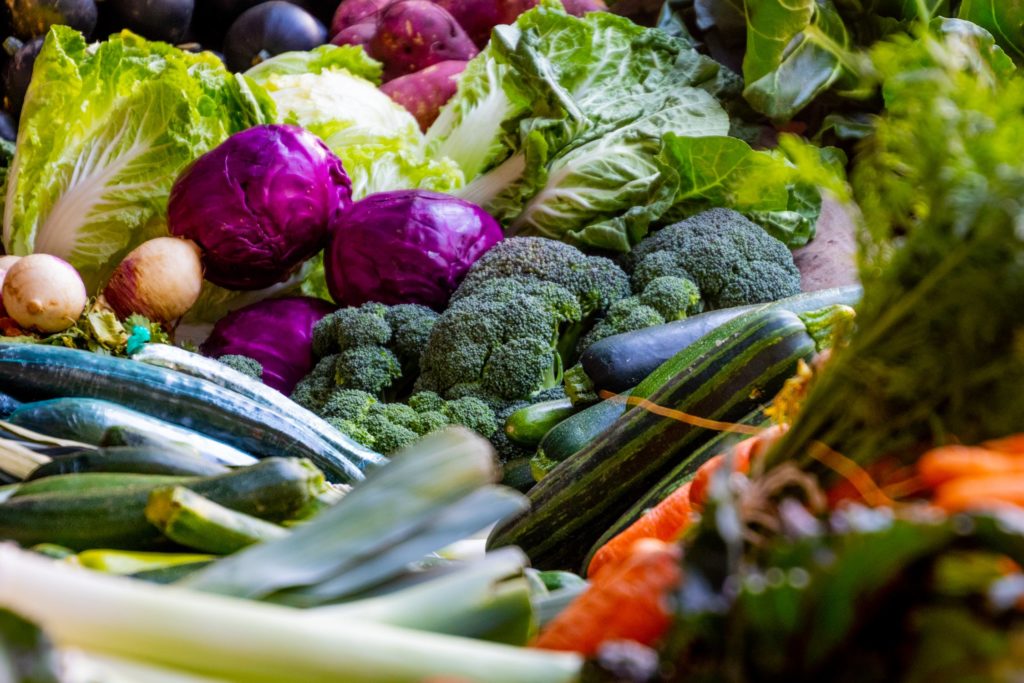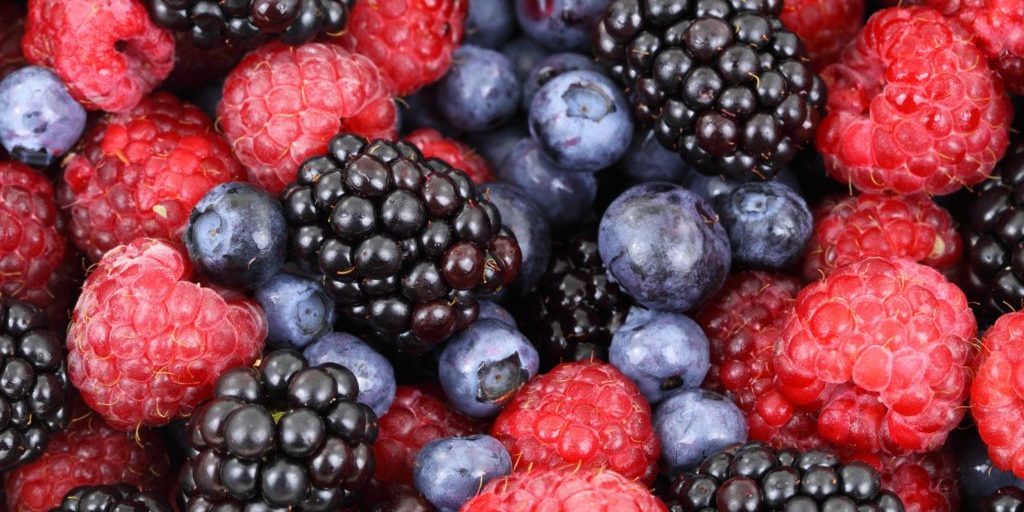
We know, we have been talking about fruits and vegetables a lot lately.
Today we are going to dig into five benefits of adding additional fruits and veggies in on the daily.
Here’s your warning: In this blog, we will nerd out on some of the science behind the benefits of eating more fruits and vegetables. Let's get geeky!
1- Fiber
This is a topic which always seems to come up in magazine articles or social media posts as being something so important. But they never seem to fully explain why we should be adding it in.
Here is the lowdown on fiber-
Fiber is essentially the indigestible part of your food. It is able to survive digestion in the small intestine and make it to your large intestine. There are two kinds of fiber, each both have their own jobs.
Insoluble
This type of fiber increases stool bulk. Think reduced transit time and decreased constipation. Because of these two benefits, insoluble fiber not only helps reduce constipation but also reduces risk for colon cancer. Cutting down on transit time means shorter exposure to possible consumed carcinogens in your intestines and colon therefore reducing risk for colon cancer.
Soluble
Soluble fiber creates a semi gel-like texture in your stool. This gel-like texture is helpful in collecting substances and excreting them. One of the benefits of consuming this type of fiber is helping to lower your cholesterol levels. I’m sure you all have heard of bile, well in your digestive tract there are bile acids. These bile acids which come from bile are made using cholesterol. When your stool has the gel-like texture these bile acids bind to your stool and you excrete them. Because you are excreting them, your body will need to make more. In making these bile acids, your body has to pull from it’s circulating cholesterol to create these acids. Therefore, if you are eating a diet high in soluble fiber your body will be making these bile acids at a higher rate and therefore lowering your cholesterol levels.
Another benefit that works essentially in the same way as the bile acids, is helping to prevent a spike in blood glucose levels. Because of the gel-like texture of the stool, it is able to slow the absorption of glucose in your digestive system.
Fruits and vegetables, along with other whole foods, are phenomenal sources of both kinds of fiber.

2- Cofactors
So basically, any process that happens in the body requires enzymes. Lifting weights? Requires enzymes. Stuffing your face with a delicious burger post-WOD on a Friday night? Requires enzymes.
Well, most of these enzymes require cofactors in order to function. And can you guess where these cofactors come from? Ding ding ding, that’s correct, fruits and vegetables! Many of these cofactors are either vitamins or minerals. So, if you are lacking in the fruit and veggie department you can bet your bottom dollar that your body isn’t functioning as effectively as possible.
3- Not as much room for the junk
So this one isn’t rocket science, and I’m sure most of us already know, but it’s a good reminder.
If you are eating more fruits and vegetables you will have less room for the processed junk food. Now, we’re not saying you want to completely cut all of that out, because who doesn’t want a pint of Ben & Jerry’s occasionally? But eating meals filled with nourishing fruits and vegetables will keep you fuller longer and less likely to result in standing in front of the open fridge hoping its contents have changed in the last five minutes.
Bonus of not enough room for the junk food? Weight loss. There is always science behind why things occur, this one just happens to be simple. 1- As we discussed earlier fruits and veggies contain fiber. Fiber tends to take longer to go through the digestive process (because most of it can’t be digested) so it keeps you feeling full for longer. 2- Fruits and vegetables tend to be lower calorie than processed foods, so eating more less calorie foods equals not eating as much higher calorie processed junk foods.
Again, this by no means is us telling you to cut out all processed foods that you actually enjoy. But, replacing some of these high calorie, highly processed foods with whole fruits and vegetables is beneficial in all aspects of your life.

4- Lets talk about your Microbiome
You currently, as we speak, have 100s of trillions of bacteria living in your digestive system-collectively called the gut microbiome. This topic alone could be multiple blogs, but I’ll keep it short and sweet.
Basically, these bacteria help to keep your body running smoothly. From being the largest producer of serotonin (yes, that chemical we think of as the happy chemical, is produced in your gut) to synthesizing vitamins and keeping the bad bacteria in check. Just like bacteria outside of your body, there is good bacteria and bad bacteria. When your gut microbiome gets over run by bad bacteria? Just imagine those old western movies when the bad guys come in and take over the small town. What happens? Complete chaos, and the same situation happens in your gut, minus the cowboy hats. How do you keep the good bacteria high and the bad bacteria low? Feed your good bacteria what they need so they can continue to rule the microbiome. I’m sure you all have heard the term prebiotics, but it is essentially a fancy term for good bacteria food. Yes, those bacteria are alive and must eat just like you. If you are eating fruits and vegetables which are good sources of prebiotics, the good bacteria will flourish.
Another way to keep your gut microbiome healthy and thriving is to add bacteria to it. Probiotic seems to be a household term now, and there is a good reason why. Essentially, adding beneficial bacteria to your gut microbiome is like adding additional players to your team, just think of it like adding extra CrossFit games athletes. Who wouldn’t want that? Fermented foods such as kombucha, kimchi, sauerkraut, and kefir are all full of beneficial bacteria.

5- Antioxidants
Again, another extremely common term, but how exactly do they help? Before we jump into antioxidants, we will have to talk about free radicals.
Free radicals are molecules with an unpaired electron. You can basically think about them as a “bull in a china shop”. Because it is missing an electron, it will be bouncing around looking for the missing one. When there are too many free radicals it can wreak havoc on the body. Too many free radicals can cause hardening of the arteries, cataracts, and cancer to name a few.
Now to antioxidants. They are basically the “givers” in this scenario. Antioxidants are essentially a category of vitamins that work together with other chemicals present in the plant. These antioxidants are givers because they donate an electron to that free radical. Donating the electron to the free radical makes the free radical more stable and therefore stops it from causing damage. So what happens when there are too many free radicals and not enough antioxidants?
Oxidative stress. When there is an imbalance in the number of free radicals and antioxidants, it is called oxidative stress. I’m sure you can imagine how out of control things can become if there are all of these free radicals bouncing around trying to steal electrons. There is no surprise in the link between oxidative stress, chronic inflammation, as well as many chronic illnesses.
How can you make sure you are keeping the balance of antioxidants and free radicals? By eating your fruits and veggies.